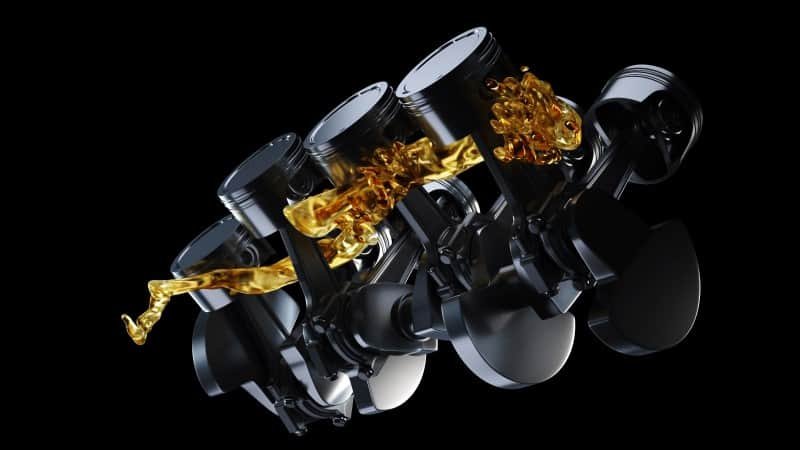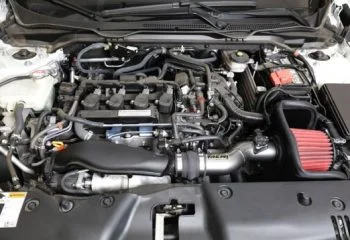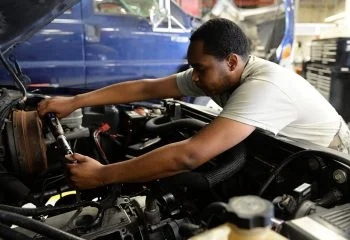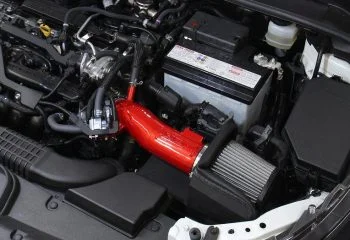If you have a car, then you know that it needs oil to run properly. The oil keeps all of the parts lubricated and moving freely.
If you don’t have enough oil, or if your oil is dirty, then your car will not run as well as it should. One part of your car that relies on oil is the oil pump.
The oil pump moves the oil through the engine and to all of its parts. If your oil pump is bad, then your car will not run well and may even stop running altogether.
The cost of a new oil pump can vary depending on the make and model of your vehicle but typically ranges from $300 to $2500.
In this blog post, we’ll discuss some bad oil pump symptoms and breakdown oil pump replacement cost. We’ll also provide some tips on how to prevent these problems from happening in the first place.
What's in this post?
5 Bad Oil Pump Symptoms to Look Out For:
Low Oil Pressure
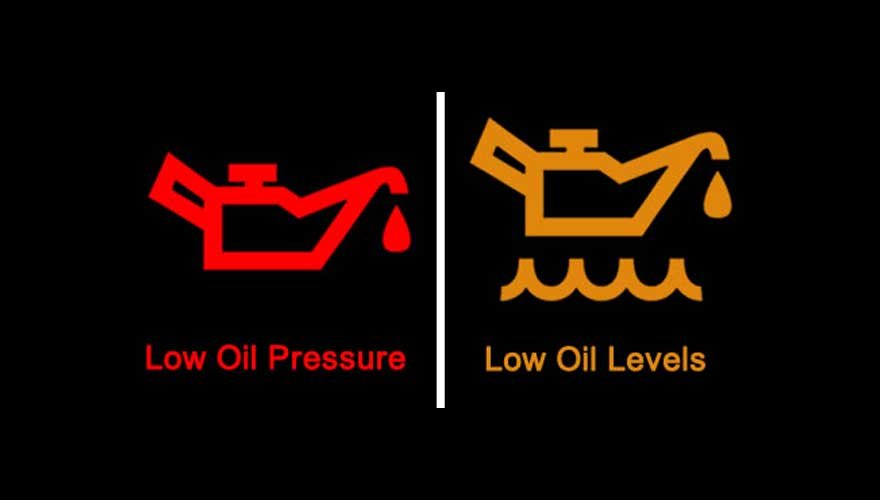
One of the first and most common bad oil pump symptoms is low oil pressure. If your oil pressure is low, it means that your pump isn’t moving the oil through your engine correctly.
Alternatively, there may be a drop in performance, your car might not accelerate as quickly as usual or it may struggle to reach higher speeds.
This can lead to all sorts of problems, including engine damage. If you notice that your oil pressure is low, take your car to a mechanic right away.
Loud Noises
If your car’s engine starts making strange noises, it could be a symptom of a failing oil pump.
The oil pump is responsible for delivering lubricating oil to the engine, and if it isn’t working properly, the engine will start to make a noise.
These noises can range from a light grinding noise to a loud whining noise, and they are caused by the lack of lubrication in the engine.
If you hear these noises, you should bring your car in for repair as soon as possible.
Left unchecked, a failing oil pump can cause serious damage to your engine.
Low Performance
If your car is running sluggish or seems to be struggling to stay on the road, it could be a sign that your oil pump needs attention.
This symptom is often caused by low oil pressure, as mentioned above. If you notice this happening with your vehicle, it’s important to take it to a mechanic right away.
Continuing to drive with low oil pressure can cause serious damage to your engine, and may even lead to a complete breakdown.
Don’t take chances with your car – if you think there may be an issue with the oil pump, get it checked out as soon as possible.
Engine Overheating
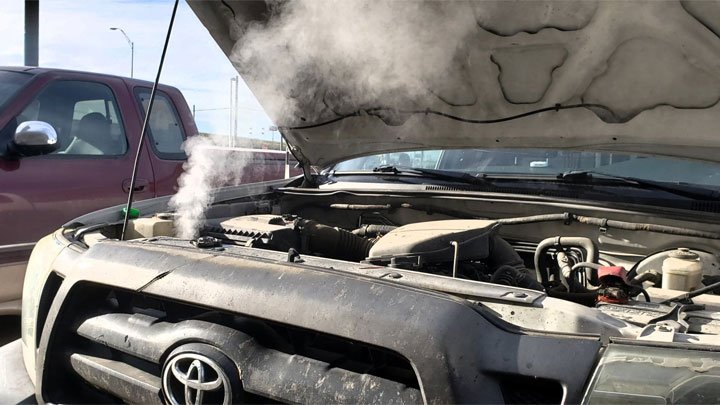
Another bad oil pump symptoms is engine overheating.
If your oil pump isn’t working correctly, then the oil won’t be able to flow through the engine and lubricate all of the parts. This lack of lubrication will cause the engine to overheat.
You might notice that your engine temperature gauge is higher than normal or that the check engine light comes on.
If you notice either of these things, then have your oil pump checked by a mechanic.
It’s important to get it fixed as soon as possible because if the engine overheats too much, then it can cause serious damage.
The Vehicle Won’t Start
Many newer model vehicles have a low oil pressure switch that is designed to keep your engine from starting if it detects that your oil pump isn’t working correctly. This is to protect the engine from damage.
If you’re driving an older car, you’ll need to take precautions to prevent engine damage.
For example, if you have been driving for a long time with low oil pressure until the engine stopped, and now it will not crank anymore, your engine may need to be replaced.
The bad oil pump may have caused serious damage to the engine by not providing enough lubrication.
Check your vehicle’s manual to see if it has this feature and take care of your car accordingly.
Oil Pump Replacement Cost
The oil pump replacement cost can vary depending on the make and model of your vehicle. Typically, it will cost between $300 and $2500 to replace an oil pump.
On average, it is likely to cost anywhere from $100 to $500 to purchase the necessary components.
The cost to replace an oil pump can vary depending on a number of factors, including the type of vehicle and the quality of parts used.
Generally speaking, the average cost to replace an oil pump includes the price of a new oil pump ($50-$150) as well as a new gasket for the oil pan and front main.
If you are also doing a top-end rebuild at the same time, you will likely also need to purchase new gaskets for this process, which can be quite expensive, with costs ranging from $100-$200.
Beyond these replacement parts, you will also need to factor in additional costs such as oil, filters, and coolants.
Depending on your vehicle’s make and model, these components can cost anywhere from $100-$150 total.
On top of these replacement costs, you will also need to pay for labor. Labor costs may also vary depending on several factors, including the skill level of the mechanic and the complexity of the job.
It typically takes a mechanic 4-8 hours to complete the repairs, leaving the labor cost range of $200-$800.
Depending on your mechanic’s rates and the amount of time required for replacement, labor costs for this repair typically fall within the range of $200-$800.
Ultimately, it is important to consider all aspects when determining the total cost of an oil pump replacement so that you can make an informed decision about whether this service is well worth the investment.
How to Prevent Oil Pump Problems
To prevent problems with your oil pump, there are several things you can do. First, make sure that you regularly check and change your engine oil according to the manufacturer’s recommendations.
This will help keep your oil from becoming too dirty or degraded, which could cause issues with the pump.
Additionally, be sure to monitor your car’s performance closely and watch out for any signs of trouble. If you notice anything wrong with how your car is running, take it in right away for repair or diagnosis.
With these tips in mind, you can help prevent problems with your oil pump and keep your car running smoothly for years to come.
What’s an Oil Pump and How Does It Work?
An oil pump is a vital part of any car or truck, and it is responsible for circulating oil throughout the engine. The oil pump is located near the bottom of the engine, and it consists of a series of gears that are driven by the crankshaft.
As the crankshaft turns, it drives the gears in the oil pump, which in turn pumps oil through a series of channels in the engine.
The oil then lubricates all of the moving parts in the engine, which helps to keep it running smoothly. Over time, however, the oil pump can become worn out or damaged, which can cause problems with the engine.
If you think your oil pump may be having issues, it’s important to get it repaired or replaced as soon as possible. With the right care and maintenance, however, your oil pump should be able to keep your engine running smoothly for many years to come.
Why Do Oil Pumps Fail?
There are a number of reasons why oil pumps can fail, but one of the most popular is simply wearing and tear.
As the oil pump circulates oil throughout the engine, it can become clogged with dirt and debris. This can cause the pump to work less efficiently, and eventually lead to failure.
Another common cause of oil pump failure is a loss of prime. This happens when the engine is turned off for a prolonged period of time, and the oil in the pump begins to drain back into the pan. If this happens, it can be difficult to get the oil pump started again, and it may eventually fail entirely.
If you have 6.0 Powerstroke diesel engine, it is worth taking a look at 6.0 Powerstroke High Pressure Oil pump Failure Symptoms to understand more about oil pump failure on this engine.
How to Test an Oil Pump
If you think your oil pump may be having problems, there are a few tests you can perform to diagnose the issue.
First, check the oil level in your engine and make sure it’s at the proper level. If it’s low, it could be a sign that the pump is not working properly.
Next, start the engine and let it run for a few minutes. Then, turn it off and remove the oil dipstick. If there is little or no oil on the dipstick, it’s likely that the pump is not circulating oil properly.
Finally, if your engine is making strange noises, it could be an indication of a problem with the oil pump. If you detect any of these problems, it’s critical that you get your car fixed or investigated as soon as possible.
With the right care and maintenance, however, you should be able to keep your oil pump running smoothly for years to come.
How to Change Your Oil Pump
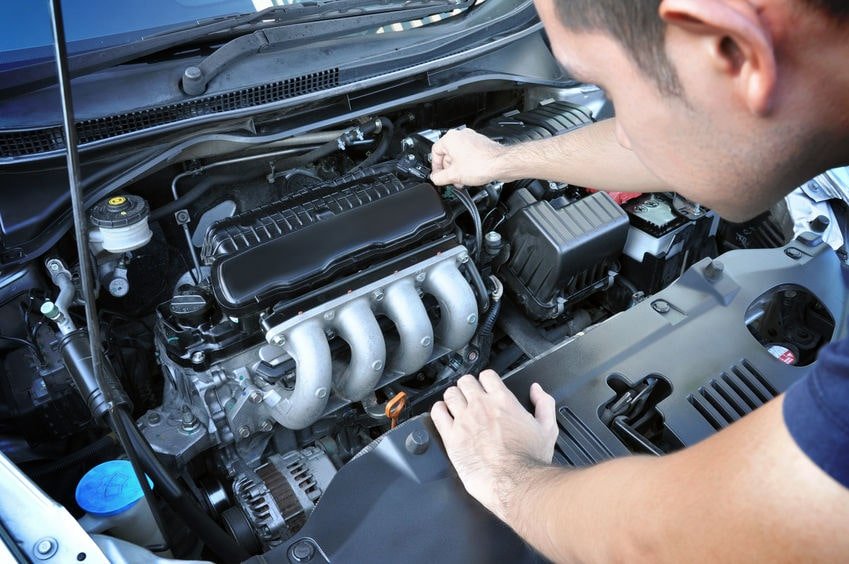
If your oil pump needs to be replaced, it’s a relatively simple process that can be done at home with a few tools. First, make sure you have all the necessary tools and parts before you begin.
Next, locate the oil pump and remove any covers or shields that may be obscuring it. Once you have access to the pump, use a wrench to loosen the bolts that hold it in place.
Then, carefully remove the old pump and clean off any debris or old oil from the engine. Finally, install your new oil pump and replace any covers or shields that you removed at the beginning of the process.
With these steps, you can easily change your oil pump and keep your engine running smoothly for many years to come.
Oil Pump Location
The oil pump is located inside the oil pan and uses a pickup tube to take oil from the pan and push it through the engine.
The oil pan is usually located in a difficult-to-reach spot, which requires additional time and complexity to do the job.
In some cases, the oil pan will need to be removed in order to access the pump. Once the pump is located, it must be disconnected from the engine before it can be removed.
After the new pump is installed, the entire system must be bled of air before the engine can be started.
This process can be extremely time-consuming and messy, so it is important to make sure that you are prepared before starting.
Maintenance Tips
In order to keep your oil pump working properly, there are some key maintenance tips that you should follow. These include:
- Regularly check the oil level in your engine and filling it as needed
- Removing debris or dirt from the oil pump on a regular basis
- Avoiding prolonged periods of time without running the engine, which can cause the oil to drain back into the pan
- Get regular tune-ups and checkups with a mechanic, especially if you notice any problems with your engine.
With these tips, you can help prevent problems with your oil pump, and keep your vehicle running smoothly for years to come.
FAQs about bad oil pump symptoms
Should you drive with a failed oil pump?
No. If your oil pump is not working properly, it’s important to take your vehicle in for repair as soon as possible.
Driving with a bad oil pump can cause serious damage to your engine, and may eventually lead to engine failure.
What happens when an oil pump fails?
When your engine’s pump wears or fails, it will no longer be able to pressurize the oil ensuring that important internal components like bearings and camshafts don’t get starved of their needed supply. This can quickly damage everything inside!
What causes damage to the oil pump?
The most common cause of oil pump failure is contamination. Over time, the oil pressure gets weaker and therefore cannot perform its function properly which results in a damaged pump.
Can a bad oil pump cause car power loss?
Yes, a bad oil pump can cause your engine to lose power.
This is because the pump is responsible for circulating oil throughout the engine, and if it’s not working properly, the engine will not be lubricated properly.
This can lead to increased friction and heat, which can eventually damage or destroy your engine.
How long should a car oil pump last?
The life span of your car’s oil pump is dependent upon how often you use it.
If 12000 miles per year are going to be the average for this type and model then expect between 5 to 6 years before needing replacement.
However, you should always check your owner’s manual or the manufacturer’s information online to see how long a particular oil pump will last.!
Is an oil pump hard to replace?
Replacing an oil pump is not a difficult task, but it is time-consuming. It can take anywhere from 2-8 hours to complete the job, depending on your level of experience and the make and model of your vehicle.
Is it worth replacing the oil pump?
This depends on the severity of the damage to your oil pump and whether or not it is still under warranty. In some cases, a damaged oil pump may be able to be repaired by a mechanic, but in other cases, it may simply need to be replaced entirely.
If you are unsure about whether or not your oil pump is worth repairing, it is always best to consult with a certified mechanic or repair shop.
Conclusion
If you are experiencing any of the bad oil pump symptoms, it is important to have it replaced as soon as possible.
The cost of oil pump replacement will depend on the make and model of your vehicle, as well as the labor costs of the mechanic.
In most cases, the pump itself will cost between $50 and $150, and depending on how long it takes, the labor will add another $200 to $1000 to the total bill.
With proper care and maintenance, however, you can extend the life of your oil pump and avoid having to replace it for many years.
I hope this information has been helpful and that you will consider having your oil pump replaced if necessary.

